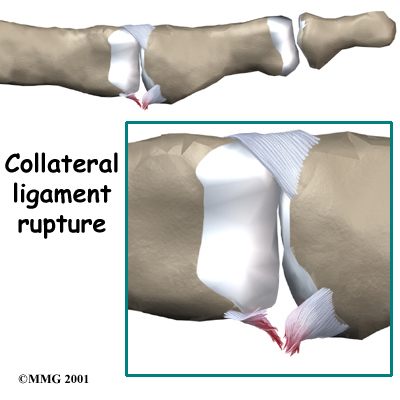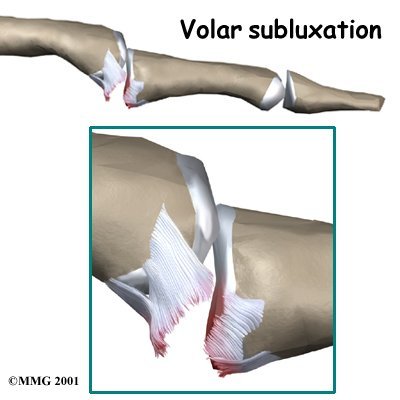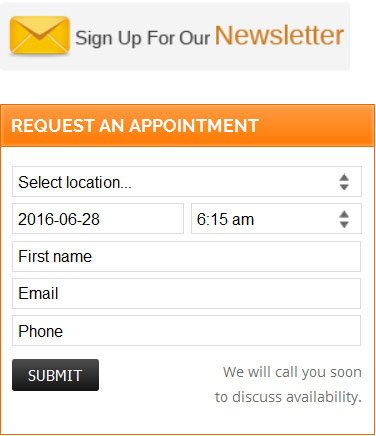Non-surgical Rehabilitation
When the ligaments have been sprained or partially torn, your physiotherapist may simply advise a short period of splinting and early exercise. The PIP joint is very sensitive to injury and becomes stiff very rapidly when immobilized for even short periods of time. The faster the joint begins to move the less likely there will be a problem with stiffness later on. Many sprains can be treated with simple buddy taping to the adjacent finger. This allows the good finger to brace to the injured finger while at the same time using the good finger to bend the injured finger as the hand is used.
When the volar plate has been completely ruptured or when the joint has been dislocated, nonsurgical treatment is still usually suggested. Our goal is to keep the joint in a stable position while beginning motion as soon as possible. Since the injury results from hyperextension, our therapist will have you use a brace to prevent the joint from straightening completely while still allowing the joint to bend. This brace is called a dorsal blocking splint, and is usually worn for three to four weeks until the ligament heals enough to stabilize the joint.
In some cases when the volar plate ruptures, it may get caught in the joint and prevent the therapist from reducing (realigning) the joint. In this case we may refer you for surgical evaluation.
Although the time required for recovery is different for each patient, if nonsurgical treatment is successful, you may see improvement in about three to six weeks. By wearing a dorsal blocking splint, the joint continues to bend freely but is kept from straightening completely.
After approximately three to four weeks, the joint should heal enough to remove the splint and begin strengthening exercises. Our physiotherapist will develop a personalized exercise program to help you recover the range-of-motion and strength in your fingers.
Injuries to the PIP joint remain swollen for long periods of time. Commonly, the joint will be permanently enlarged due to the scarring of the healing process. This may cause problems with getting rings on and off. It is a good idea to wait for about one year before the ring is resized since the scarring will continue to remodel. The joint will gradually get smaller and in some cases may return to its original size.
Post-surgical Rehabilitation
Plan to wear a splint or brace for about three weeks after surgery to give the repair time to heal. Although recovery time varies among individuals, after surgery you will likely need to attend therapy sessions for two to three months, and you should expect full recovery to take up to four months.
Your first few physiotherapy treatments will focus on controlling the pain and swelling from surgery. Then our physiotherapist will start you on gentle range-of-motion exercise. Strengthening exercises are then used to give added stability around the finger joint. Our physiotherapist will teach you ways to grip and support items in order to do your tasks safely and with the least amount of stress on your finger joint. As with any surgery, you need to avoid doing too much, too quickly.
Eventually, we will have you begin doing exercises designed to get your hand and fingers working in ways that are similar to your work tasks and daily activities. Our physiotherapist will help you find ways to do your tasks that don't put too much stress on your finger joint. Before your physiotherapy sessions end, we will teach you a number of ways to avoid future problems.
Our goal is to help you keep your pain under control, improve your strength and range of motion, and regain fine motor abilities with your hand and finger. When your recovery is well under way, regular visits to Momentum Spine & Sport Physiotherapy will end. Although we will continue to be a resource, you will be in charge of doing your exercises as part of an ongoing home program.
Momentum Spine & Sport Physiotherapy provides services for physiotherapy in Edmonton and St Albert.
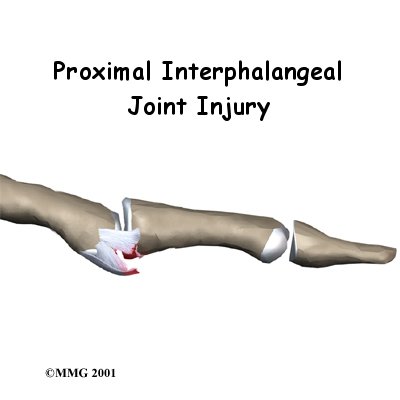

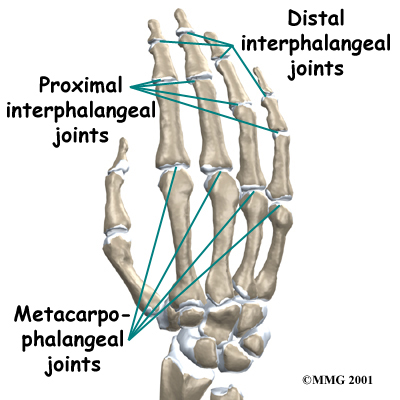

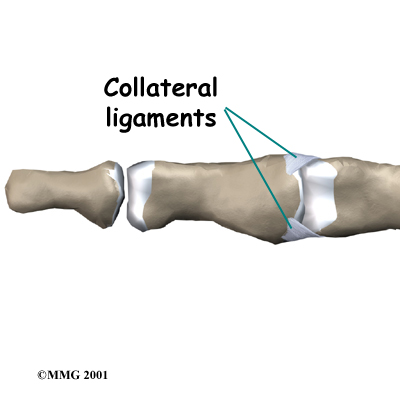
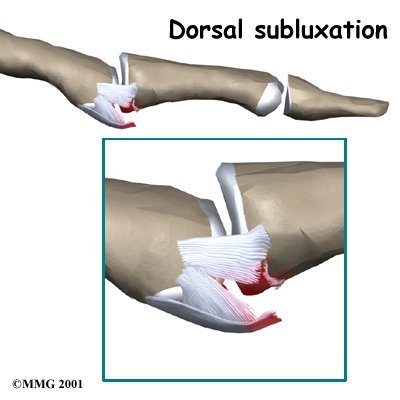 A sprain is a general term that means a ligament is injured.
A sprain is a general term that means a ligament is injured.